Fight fake news (and more!) with these 5 readings about media literacy
"Propaganda" isn't "news I don't want to hear." Here's how to learn how propaganda operates, how to recognize it, and what shapes it.
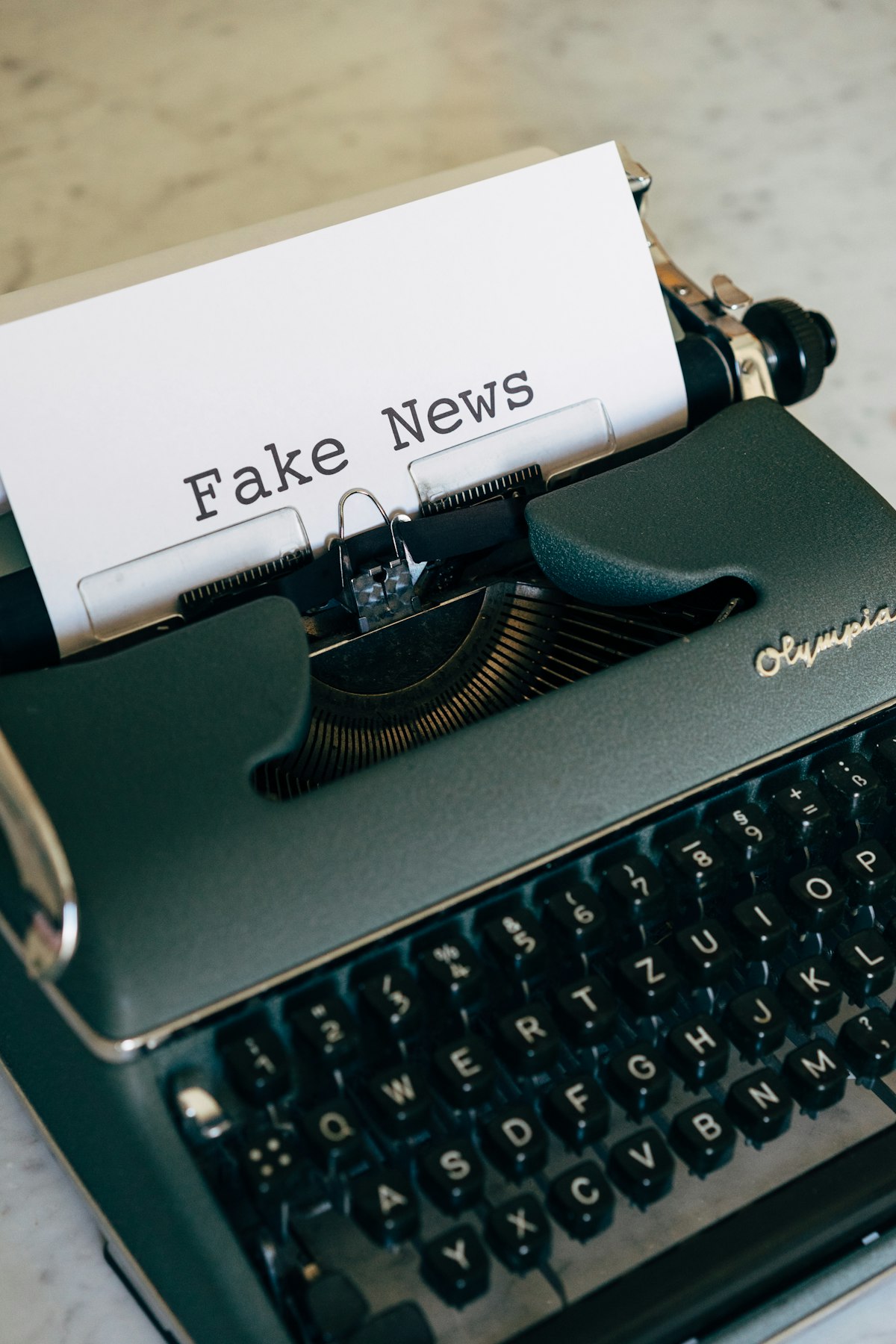
People will throw around the phrases “scam” and “media literacy” and “fake news”, but there seems to be very little discussion about how to develop the awareness required to navigate a world with a 24/7 new cycle, social media, discussions on representation (harmful and helpful), chain letters and scam letters/e-mail/phonecalls.
Here are a few chapters from different books that might help just a little to sift between the true, the manipulative, the outright false, and the unintentionally harmful… or at least help you understand the media landscape, and why it is the way that it is.
(This article, less minor updates and affiliate links, originally appeared on Medium.com on Sep 24, 2022).

Manufacturing Consent, by Edward S. Herman and Noam Chomsky
Specifically: Chapters 1 and 2.
Chapter 1 describes the way market forces manifest and influence what news coverage get made, and Chapter 2 describes how those forces divide people into “worth and unworthy victims” for news coverage. The remaining chapters delve into examples of events, comparing and contrasting the quantity and quality of coverage and how they validate the model, and are useful for understanding the model, but not necessary.
This reading helps you understand the motivations in news media and the blind spots that naturally develop in the news organizations that survive and prosper in a free market.
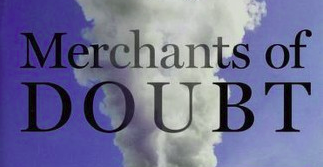
Merchants of Doubt, by Naomi Oreskes and Erik M. Conway
Specifically: Introduction, Chapters 1,2,3, 7, Conclusion, and Epilogue. Chapters 4–6 can be read to enforce the patterns established in 1 and 2.
This book establishes a pattern of economic and governmental interests interacting with scientific studies and conclusions, and how media companies seeking “fairness” will give even footing to uneven arguments. This pattern involves an industry’s economic interests (1) funding flimsy studies to contradict damning studies (such as the carcinogenic properties of tobacco), (2) using the existence of flimsy studies to portray the science as ‘unsettled’, (3) muddying waters by pointing out other causes of an issue without sufficiently denying the issue at hand (asbestos also causes cancer).
One primary takeaway is that scientists acting in a propagandist’s manner will often try to make scientific models seem overconfident or incorrect, while offering no meaningful contribution to the model, nor offering a more complete or useful model. They will often also point out “issues” that have already, been addressed and incorporated into the model.
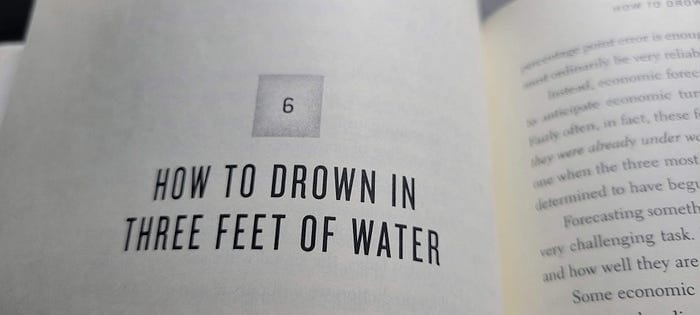
The Signal and the Noise by Nate Silver
Specifically, chapters 4 and 6. Four talks about the incentives that steer something as simple as weather forecasting into being stated with a confidence that the data doesn’t support, or even deliberately misrepresenting the odds of something happening. Chapter six talks about the unwarrantedly small (or entirely missing) confidence intervals and error bars given on things like economic predictions.
The impacts of being “wrong” about it not raining (something you gave low odds happening actually happening) is more impactful than if a forecast overestimates the odds of rain and it not raining.
Economists are affected by the reputation of their firm: a small, relatively unknown firm may be incentivized to make “wild forecasts that will draw big attention when they happen to be right, even if they aren’t going to be right very often” (page 199). A “rational bias” encourages unknowns to play more loose with what the data predicts, and firms with more reputation are more conservative, even when the data may indicate otherwise. You might note a similar effect if you substitute in the words “Twitter” and “hot takes”.
This reading brings attention to more subtle influences on sources of news, predictions and forecasts, than the more obvious influences brought up in Manufacturing Consent and Merchants of Doubt.
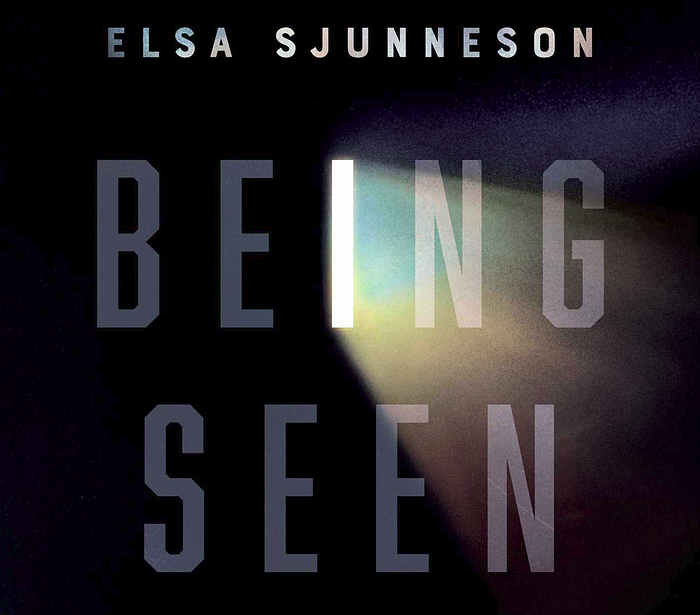
Being Seen, by Elsa Sjunneson
Specifically: Chapter 2 (We Need to Talk about Helen), and Chapters 6, 9, 14.
The entire book talks about how media interacts with disability (particularly deafness and blindness), but these chapters specifically address Helen Keller and other portrayals (both biographical and fictional) of disabled people.
This reading can help understand how stereotypes/tropes persist in both fictional and nonfictional media, and how the targets of both “positive” and negative stereotypes must interact with them. It also outlines how these tropes shape societal attitudes and also the entitlement towards other people in viewing them as “stories”, and the implicit propaganda that comes with that storification.
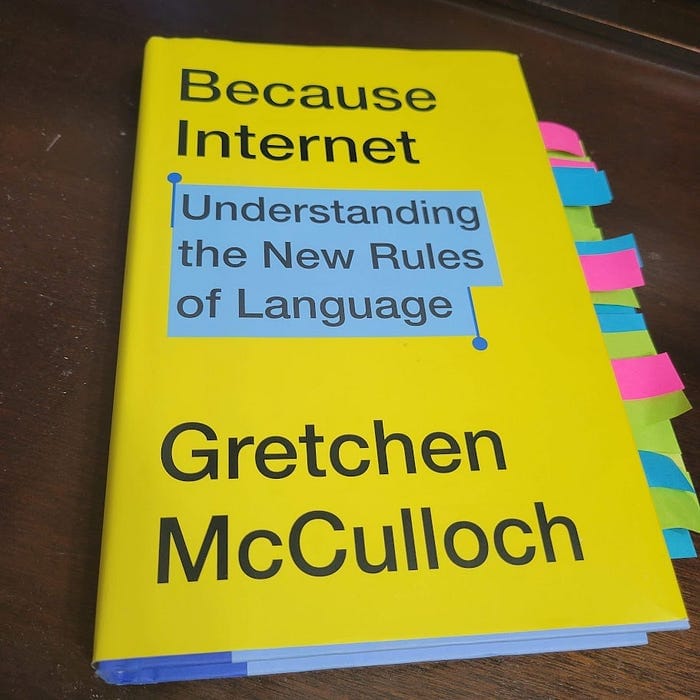
Because Internet, by Gretchen McCulloch
The entire book is worth reading, but specifically: chapter 7 (Memes and Internet Culture).
The book as a whole looks at the internet through the lens of linguistics, and talks about how the internet (and its new forms of media) have interacted with language and used it playfully. It delves into how that interaction has changed across generations, particularly due to the age at which those generations were when introduced to the internet. Chapter 7 talks about the origins of the term ‘meme’, talks about what exactly memes are, and how different internet memes evolve.
This reading can help develop an understanding for those less acquainted with internet culture — a “social media literacy”, if you will. Knowing this will help you sort out jokes, genuine news, and disinformation.
It also helps explain generational communication barriers in the realm of social media, should you make the wise decision of reading the rest of the book!




